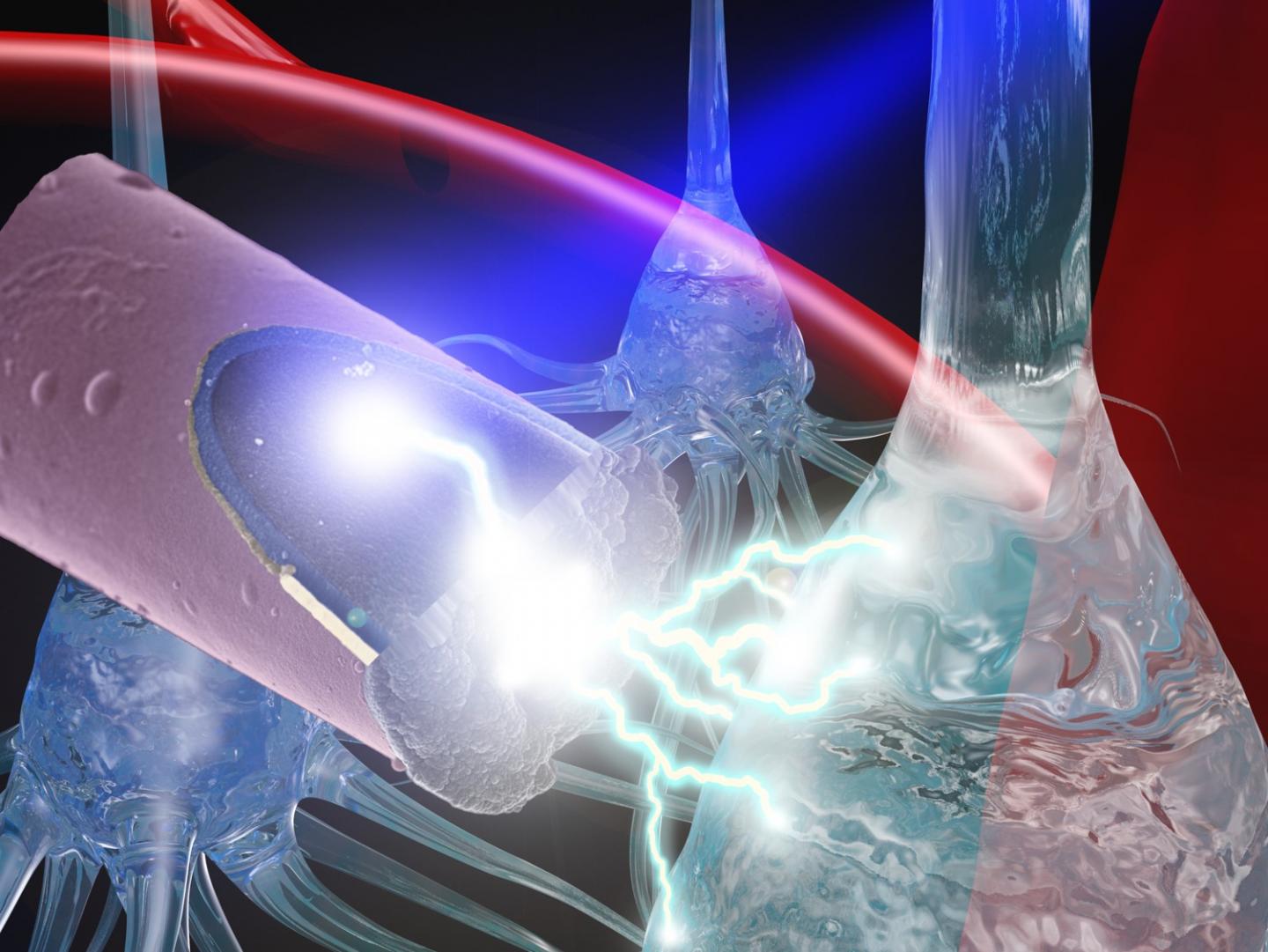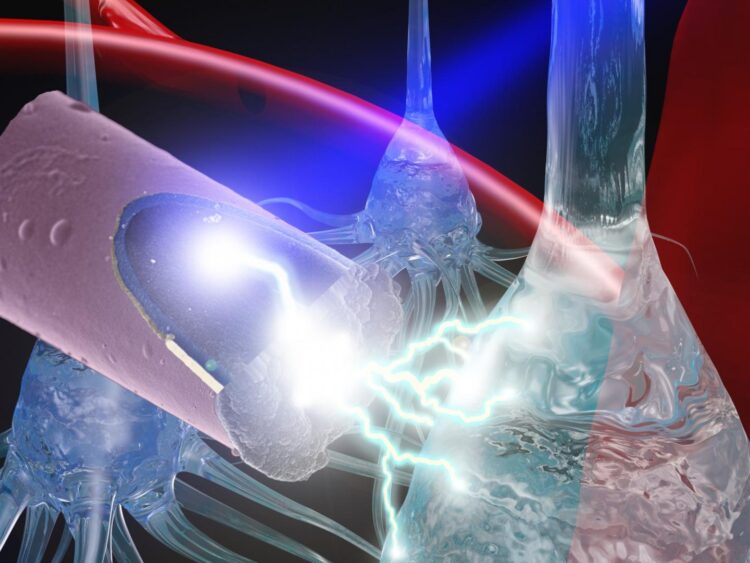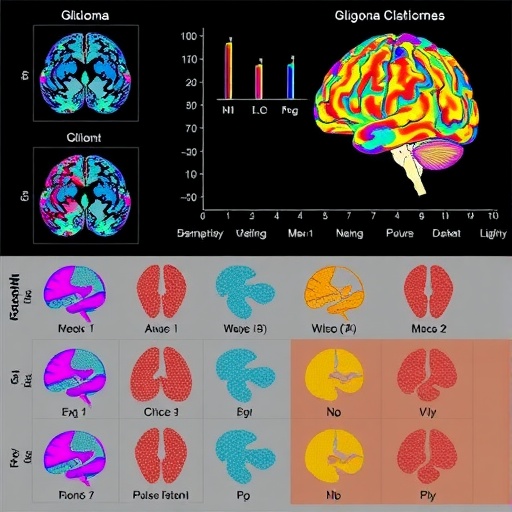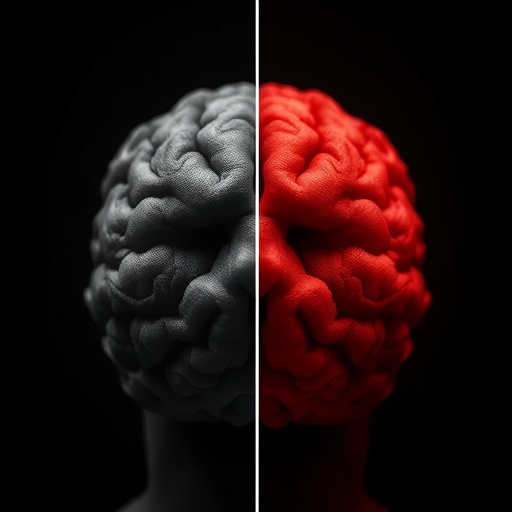Pitt Bioengineer Takashi Kozai will use a $437K NSF CAREER award to advance neural interface design and study how different types of stimulation impact neuronal activity

Credit: Photo credit: J. Mater. Chem. B, 2015,3, 4965-4978 – Reproduced by permission of The Royal Society of Chemistry.
PITTSBURGH (April 7, 2020) … Using electrodes smaller than a human hair, researchers are able to connect mind to machine and interact with the human brain in revolutionary ways. Brain-computer interfaces have helped rehabilitate neurodegenerative diseases and restore function to individuals with brain damage. This cutting-edge technology, however, comes with complications.
Takashi D-Y Kozai, assistant professor of bioengineering at the University of Pittsburgh, received a $437,144 CAREER award (#1943906) from the National Science Foundation to improve the integration of the brain and technology in order to study long-standing questions in neurobiology and improve clinical applications of these devices.
One of the challenges remaining with this technology is achieving long-term and precise stimulation of a specific group of neurons. Kozai has designed a wireless, light-activated electrode that enables precise neural circuit probing while minimizing tissue damage. In this project, he will further improve this technology.
“Our first objective is to design a coating technology that will be applied to the wireless axon and release biomolecules during simulation,” said Kozai, who leads the Bio-Integrating Optoelectric Neural Interface Cybernetics Lab in the Swanson School of Engineering. “These specific biomolecules can control the activity of a small population of neurons, and the device will recharge by drawing upon intrinsically produced biomolecules.”
Developing this coating will help Kozai achieve the main research goal of this CAREER project, which is to establish the relationship between different types of stimulation and their impact on excitability of neuronal populations.
“In order for the brain to properly function, there needs to be a balance between excitatory and inhibitory neuronal activity,” explained Kozai, “but we don’t know how stimulation impacts this balance.”
According to Kozai, an imbalance between excitatory and inhibitory neuronal activity can lead to cognitive dysfunctions and is a hallmark of autism spectrum disorder. Moreover, brain injuries such as traumatic brain injuries, stroke, and microelectrode implantation have also been shown to disrupt this balance.
“We believe that different types of stimulation will differentially alter excitatory and inhibitory neuronal activity, which will in turn alter the long-term excitability of nearby neurons in different capacities,” said Kozai. “To better understand the relationship between stimulation and neuronal activity, we will use optical and optogenetic methods to determine the excitability of neurons, which will give us a better physiological understanding of the activated brain region.”
The research team will use in vivo two-photon microscopy and genetically encoded fluorescent indicators to investigate this relationship. They will collect images across 12 weeks and examine the number, distance, timing and neuronal subtype densities before, during and after electrical stimulation. This method will allow them to track stimulation-induced changes over time with high spatial resolution near the electrodes.
Kozai expects that this work will impact the future design of neural interfaces and give researchers an improved tool to answer neurobiological questions. A better understanding of how stimulation affects long-term neural excitability will hopefully advance BCI technology and impact the rehabilitation of neurodegenerative disease and brain damage.
As part of this CAREER award’s educational goal, Kozai will target underrepresented minority students with an outreach program designed to demonstrate how science and engineering converge at the neural interface. In an effort to better disseminate neurobiology and neural engineering resources, he will provide an early platform for lecture videos, protocols and training materials. Kozai will also develop a virtual “Education in Biological and Neuroelectronic Interface Community” (eBioNIC.org).
###
Media Contact
Leah Russell
[email protected]
Original Source
https:/





